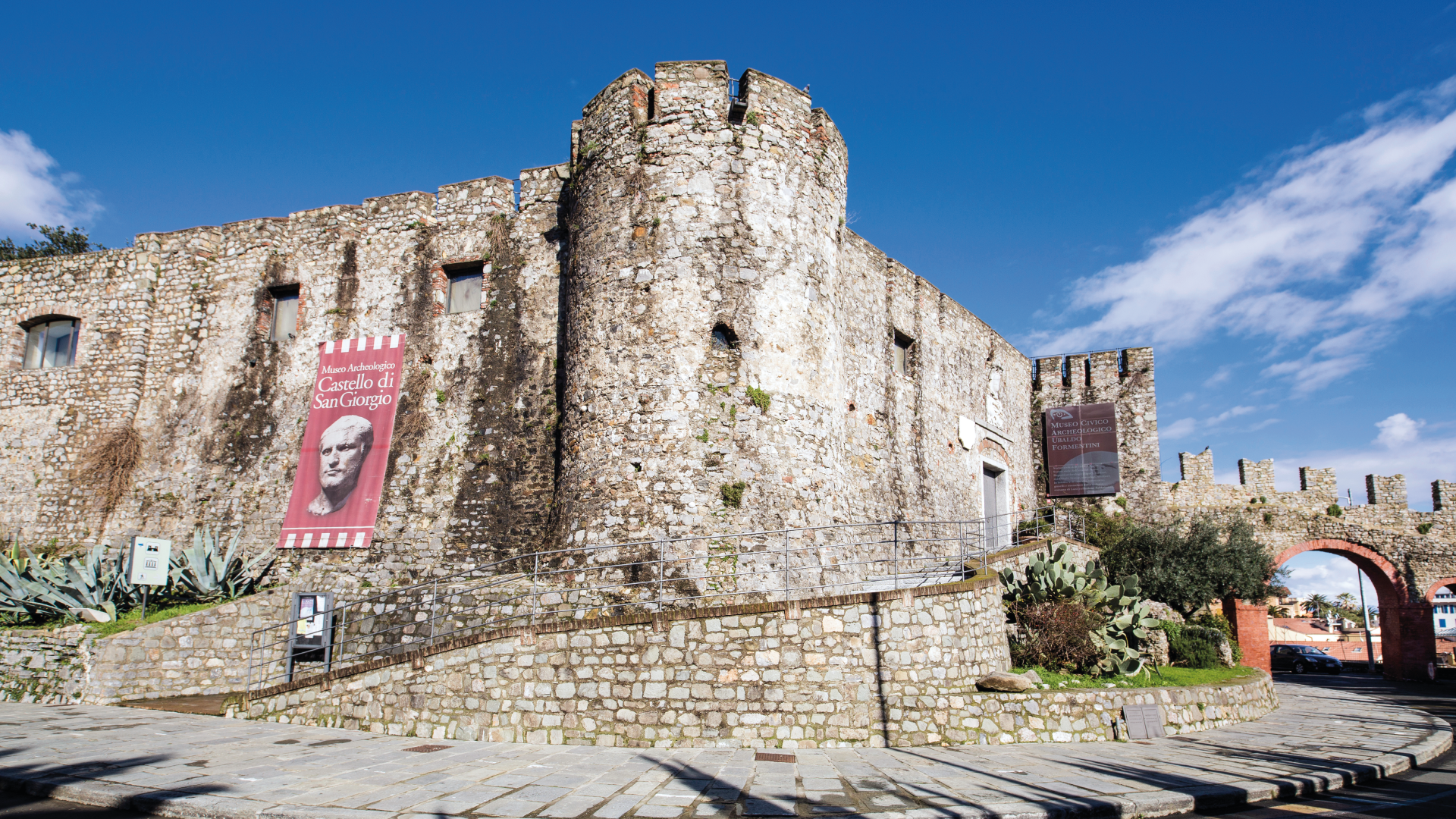The Archaeological Museum at the Castle
Situated on a small knoll known as the “Poggio” (from the Latin podium), and overlooking the old group of houses, it has undergone numerous, continuous build- ing stages which are recorded from the second half of the 14th century on.
Learn about the history of the Lunigiana.
The Archaeological Museum at the Castle conserves material from historical Lunigiana, a wide-reaching region which has a precise cultural identity despite its not being recognised in today’s official administrative boundaries.
The exhibits illustrate the population flows and the uses of the Lunigiana territory from pre-history to the Middle Ages, beginning with objects indicating human presence on the coast and inland as far back as the Copper Age, i.e. the 4th millennium B.C., when the rite of collective burial in natural grottoes is attested by the simple funeral accessories.
The first production of the extraordinary stelae statues also dates from the same period. These anthropomorphic sculptures were placed to watch over the territory; they were embellished with weapons and jewels and had surprisingly well-characterized social roles. The fragmentary head found in Verrucola is a good example: with its sharp, penetrating expression it has becomes almost a heraldic symbol and an emblem of this far-off society.
Farming and pastoral life is testified to by the material from the “castellari”, the high-ground settlements founded in the Middle Bronze Age; also by the so-called “cist” tombs, made of stone then later terracotta slabs and containing the ashes of the deceased person and relevant accessories.
There are numerous relics from Luni, the bright sister of the sun, the colony founded by Rome on the border between Liguria and Tuscany in 177 B.C. These illustrate both public and official life and the more everyday aspects of the community which lived there.
The architectural section, the room devoted to religious cults, particularly funeral rites, the tools and objects of everyday use, the statues and portraits, the mosaics and the collection of ancient inscriptions, and last but not least the Byzantine and Carolingian marble fragments coming from the lost Luni cathedral, all guarantee a fascinating, informative tour.
And don’t miss the view from the Castle terraces!
Timetable
Tuesday: 09:30 - 12:30 - 14:00 - 17:00
Wednesday: 09:30 - 12:30 - 14:00 - 17:00
Thursday: 09:30 - 12:30 - 14:00 - 17:00
Friday: 09:30 - 12:30 - 14:00 - 17:00
Saturday: 09:30 - 12:30 - 14:00 - 17:00
Sunday: 09:30 - 12:30 - 14:00 - 17:00
Address
Via XXVII Marzo, La SpeziaTelephone
+39 0187 751142Website
museodelcastello.museilaspezia.itInteresting facts

The castle includes two different buildings: the first one is the most ancient and was committed by Niccolò Fieschi as a symbol of his power, while the second one is Torre di San Giovanni Battista (Saint John the Baptist’s Tower), also known as Torre Scola, was built at a later time in 1607.
titolo popup
descrizione popup


